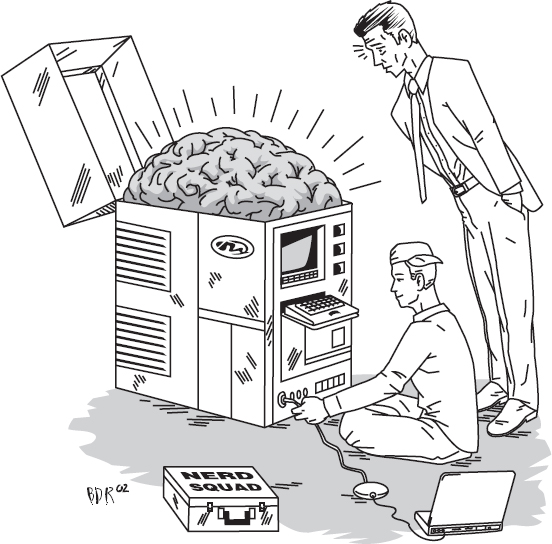CHAPTER 8
CPU AND MEMORY: DESIGN, ENHANCEMENT, AND IMPLEMENTATION

Thomas Sperling, adapted by Benjamin Reece
8.0 INTRODUCTION
The Little Man Computer design, implemented in binary form, may be sufficient to implement any program, but it is not necessarily a convenient way to do so. It is like traveling overseas by freight steamer instead of by fast plane: it might be fun, but it sure ain’t the easiest way to get the job done! Computers today are much more sophisticated and flexible, providing a greater variety of instructions, improved methods of addressing memory and manipulating data, and implementation techniques that allow instructions to be executed quickly and efficiently.
In Chapter 7, we discussed the principal features of a CPU: the basic architecture of the CPU, register concept, instruction set, instruction formats, means of addressing memory, and the fetch–execute cycle. In this chapter we will investigate some of the additional design features and implementation techniques that help to give the modern CPU its power.
It probably won’t surprise you to know that there are a large number of different ways of performing these tasks. At the same time, it is important to recognize, right from the outset, that additional features and a particular choice of organization do not change the fundamental operation of the computer as we have already described it. Rather, they represent ...
Get The Architecture of Computer Hardware, Systems Software, & Networking: An Information Technology Approach, 5th Edition now with the O’Reilly learning platform.
O’Reilly members experience books, live events, courses curated by job role, and more from O’Reilly and nearly 200 top publishers.

